Ghana travel tips
Ghana travel tips: West African nation known for vibrant culture, rich history, diverse landscapes, and cocoa production. Capital: Accra.
Regions 🌎
Ghana travel tips. Here is a list of all the regions of the Ghana.

Greater Accra
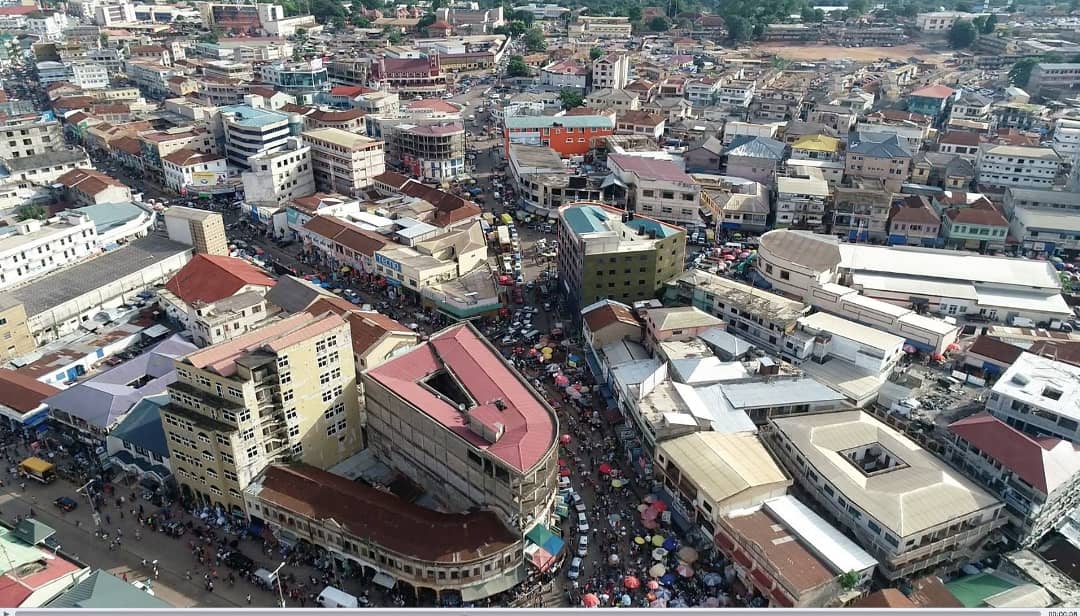
Ashanti
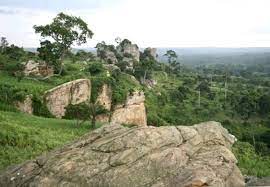
Brong-Ahafo
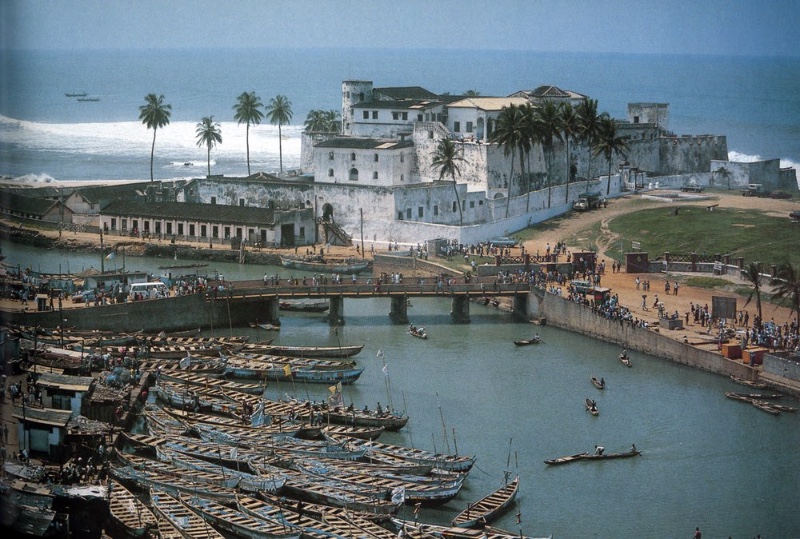
Central
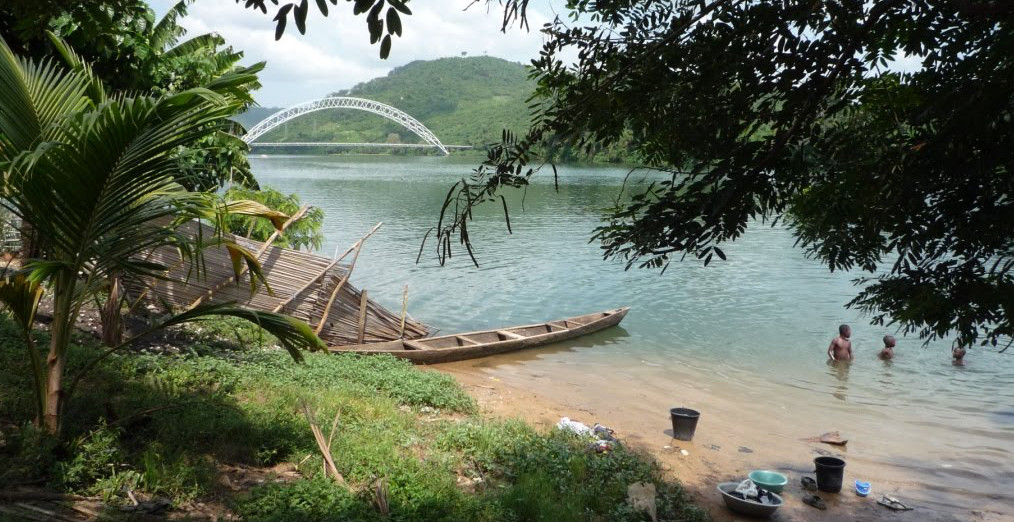
Eastern
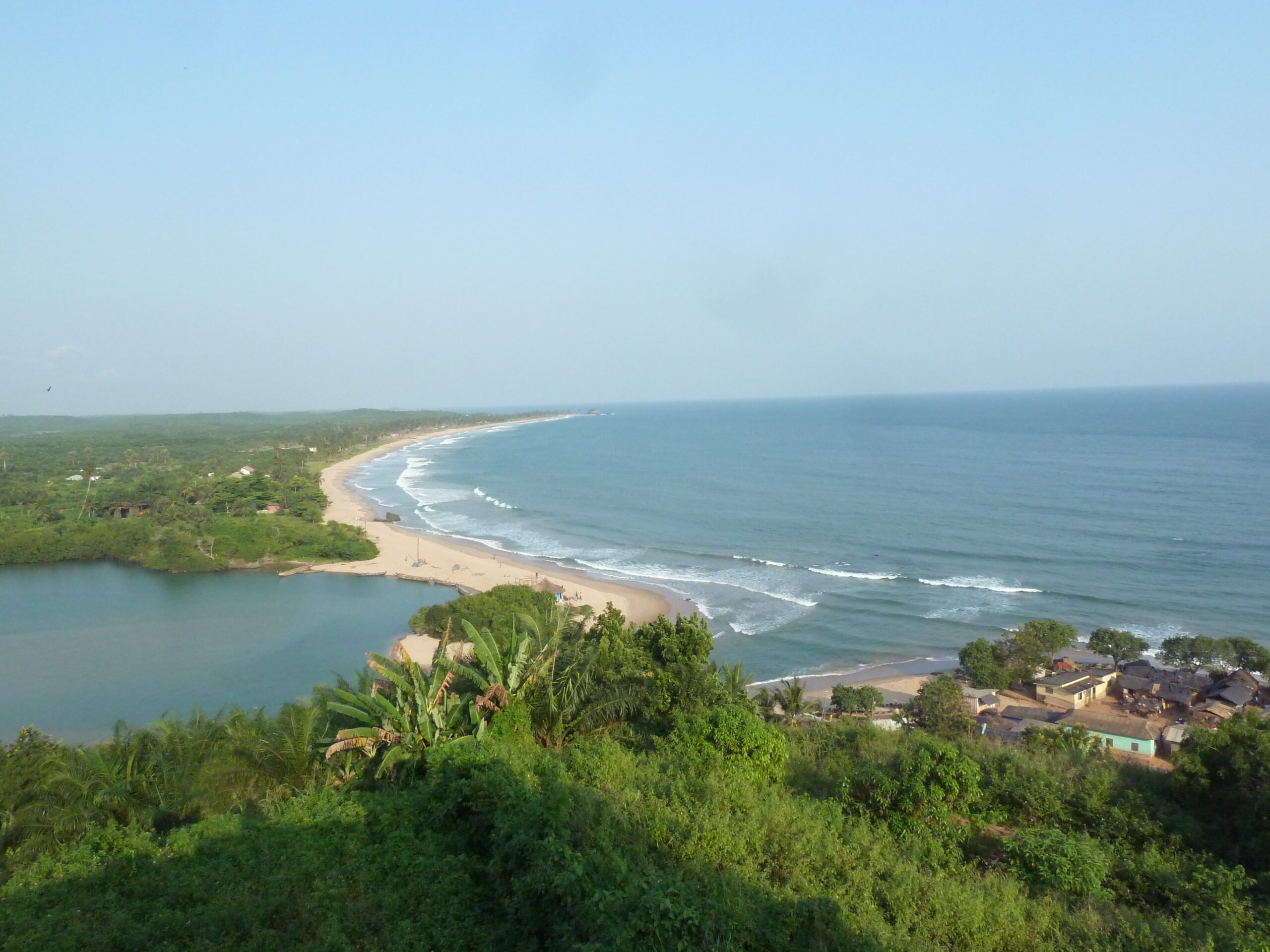
Western
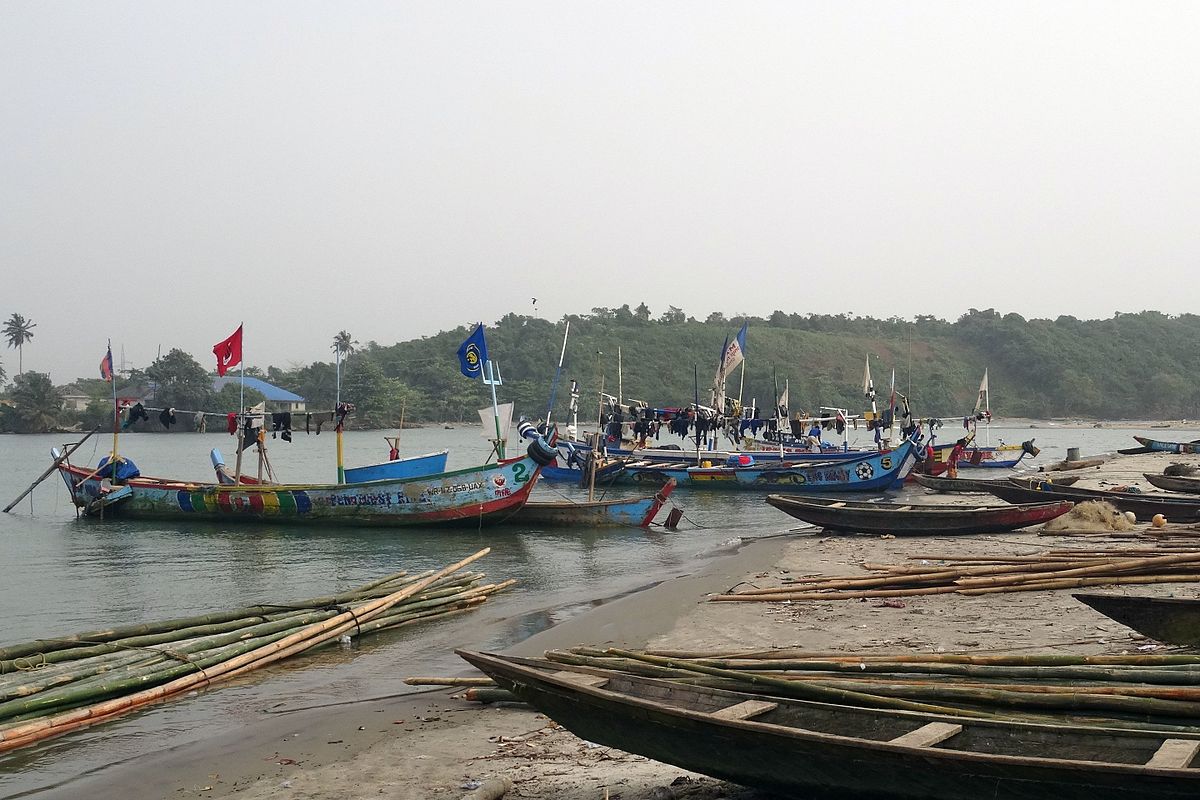
Western North

Volta
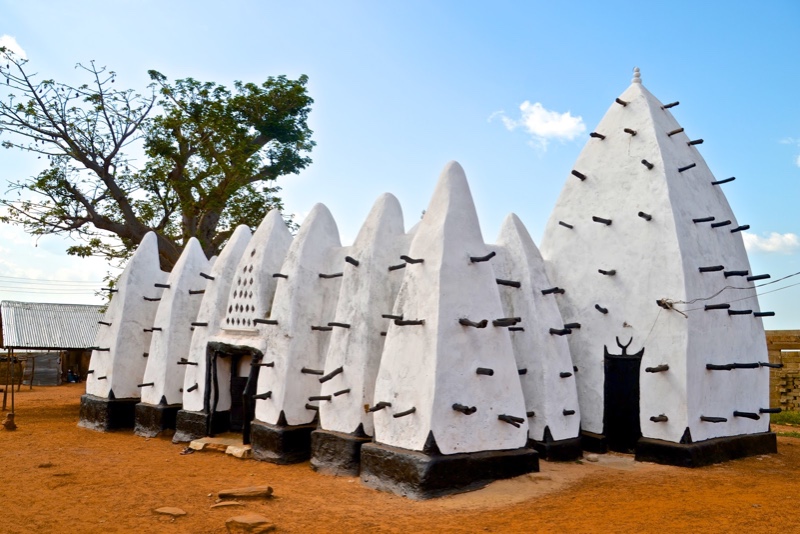
Northern
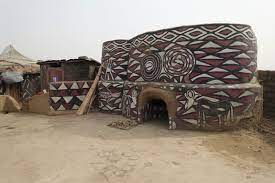
Upper East
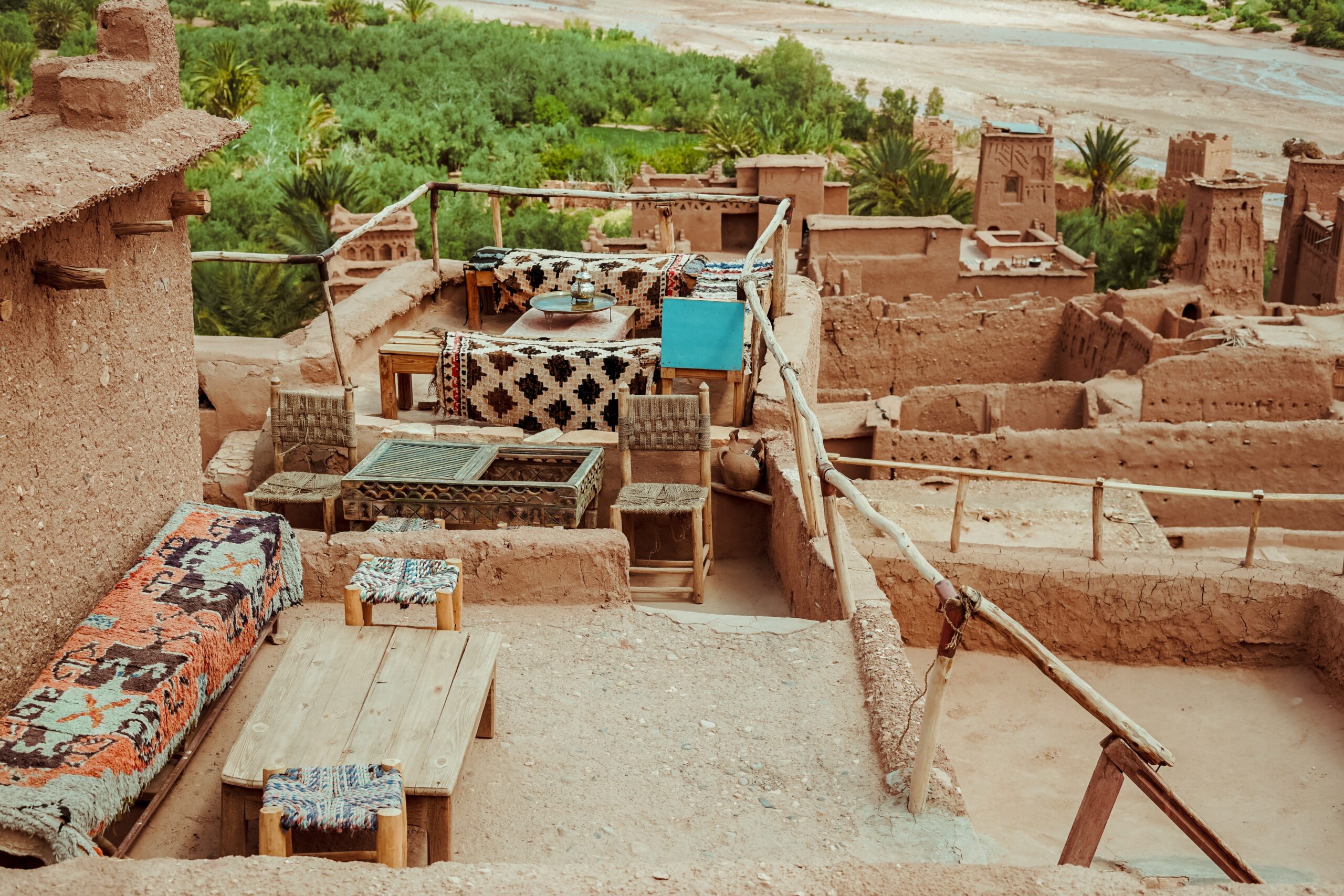
Upper West
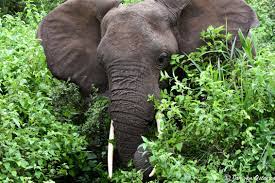
Savannah
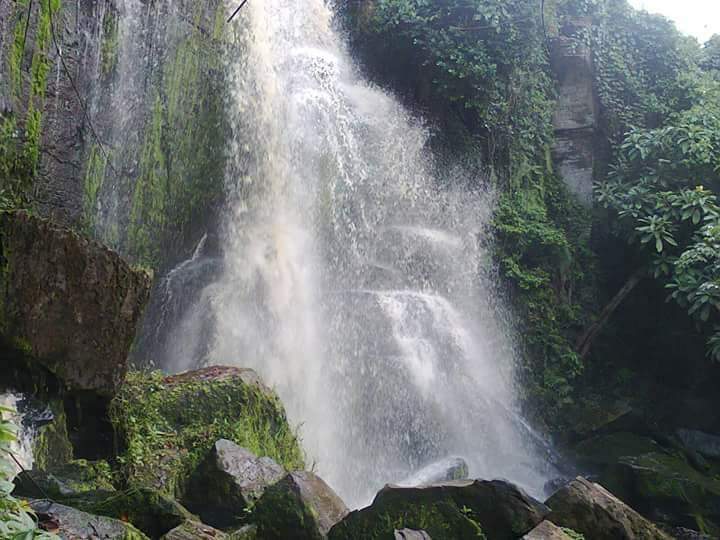
Bono
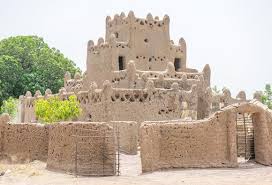
North East
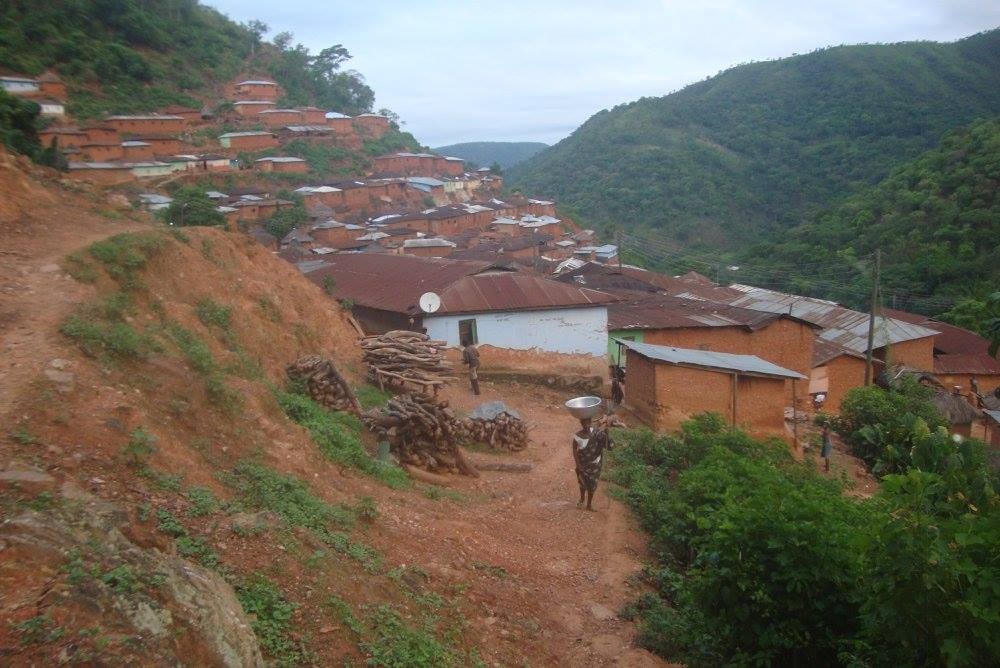
Oti

Ahafo
Before you go 🛩
Important information you should know before your trip
Info

Capital | Accra
Flag Codes:
ISO alpha-2 GH,
ISO alpha-3 GHA
Currency
Badge | Ghanaian Cedi
CODE | GHS
NUMBER | 936
SYMBOL | ₵
FRACTION | pesewa
Mobile Coverage
Dialing Code | +233
SIM Card
Coverage | 3G / 4G / 5G |
Mobile Networks | AirtelTigo | Glo Mobile | MTN Mobile | Vodafone Mobile |
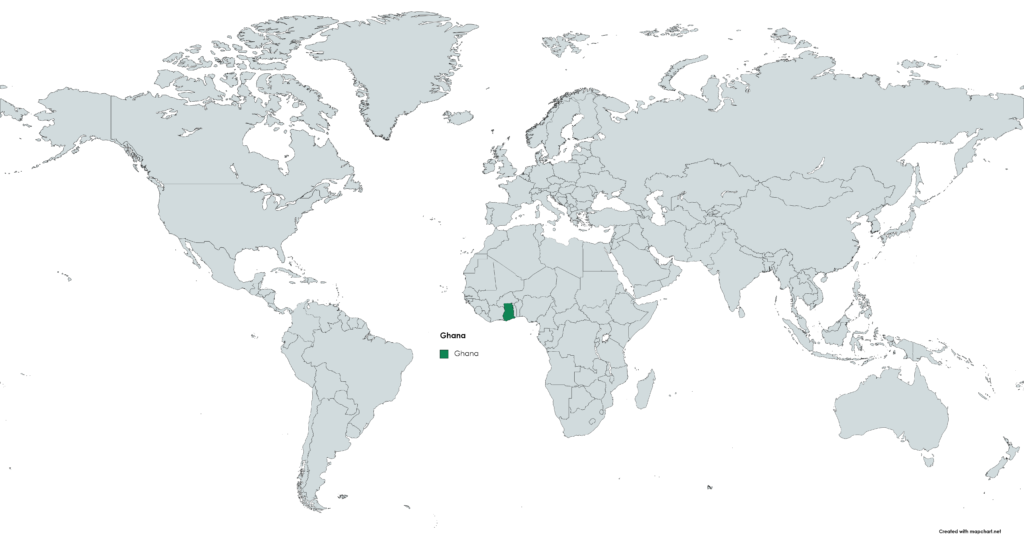
Location
Ghana is located in West Africa and is bordered by several countries and the Gulf of Guinea.
Geographic Coordinates: Ghana is situated between latitudes 4° North and 12° North and longitudes 4° West and 2° East.
Coastline: Ghana has a coastline along the Gulf of Guinea to the south, providing access to the Atlantic Ocean. The coastline stretches for approximately 539 kilometers (335 miles).
Geographical Features: Ghana’s geography is diverse, with a variety of landscapes, including coastal plains, savannas, plateaus, and low mountains in the Akwapim-Togo mountain range. The country’s terrain is characterized by rivers, forests, and fertile agricultural land.
Capital City: The capital city of Ghana is Accra, which is located along the southern coast, near the Gulf of Guinea.
Ghana’s central location in West Africa, along with its access to the sea, has made it an important regional and economic hub in the subregion. It is known for its stable political environment and has a growing economy, making it an attractive destination for both business and tourism.
Currency
The currency of Ghana is the Ghanaian Cedi, abbreviated as GHS. The currency is further divided into smaller units called pesewas.
The Bank of Ghana is the country’s central bank responsible for issuing and regulating the currency.
The Ghanaian Cedi comes in both coin and banknote denominations and is widely used for transactions throughout Ghana.
Languages
Ghana is a linguistically diverse country with several languages spoken across its various ethnic groups. However, there are two main languages that are widely used for communication, education, and government purposes in Ghana:
English: English is the official language of Ghana and serves as the language of instruction in schools, the medium for official government communication, and the language of the legal system. It is also used extensively in business and commerce. Ghana’s colonial history under British rule influenced the adoption of English as the official language.
Akan Languages: Akan languages are a group of languages spoken by the Akan ethnic group, which is one of the largest ethnic groups in Ghana. The Akan languages include Twi, Fante, Akuapem, and others. Twi is the most widely spoken Akan language and is used by a significant portion of the population, especially in the central and southern regions of Ghana. These languages are often spoken at the community and family levels.
In addition to English and the Akan languages, there are numerous other indigenous languages spoken in Ghana due to its cultural and ethnic diversity. Some of these languages include Ewe, Ga, Dagbani, Dangme, Gonja, and more. Many Ghanaians are bilingual or multilingual, with proficiency in both their local languages and English.
Climate 🌡
Ghana’s climate is influenced by its geographical location along the Gulf of Guinea in West Africa. The country experiences a tropical climate with distinct wet and dry seasons. Here are some key features of Ghana’s climate:
Tropical Climate:
Ghana has a tropical climate with relatively high temperatures and humidity throughout the year.
Wet and Dry Seasons:
The climate in Ghana is characterized by two main seasons:
Wet Season:
The wet season typically occurs between April and October. During this period, the country receives the majority of its annual rainfall. Rainfall is heaviest in the southern and central regions of Ghana. The wet season is associated with lush vegetation and agricultural activity.
Dry Season:
The dry season usually extends from November to March. During this period, rainfall significantly decreases, and humidity levels are lower. The harmattan, a dry, dusty wind from the Sahara Desert, can affect northern parts of Ghana during the dry season.
North-South Climate Variation:
Ghana exhibits a north-south climate variation due to its geography. The southern coastal regions, including Accra, experience a humid tropical climate with high rainfall and relatively stable temperatures throughout the year. In contrast, the northern regions, such as Tamale and Bolgatanga, have a more pronounced dry season and experience greater temperature variations.
Temperature:
Ghana generally has warm to hot temperatures year-round. Average temperatures in the coastal regions range from 24°C to 30°C (75°F to 86°F), while temperatures in the northern regions can reach higher, with daytime highs exceeding 40°C (104°F) during the dry season.
Rainfall Patterns:
Rainfall patterns in Ghana vary by region. Coastal areas receive the most consistent and abundant rainfall, while the northern regions are drier and more susceptible to drought conditions. The central part of the country, including Kumasi, receives significant rainfall during the wet season.
Agricultural Impact:
Ghana’s climate strongly influences its agricultural activities. The wet season is essential for crop cultivation, with staples like cocoa, maize, yam, and cassava being major crops. The dry season is often used for harvesting.
Harmattan Winds:
The harmattan winds, which blow in from the Sahara Desert, can affect northern parts of Ghana during the dry season. These winds can lead to reduced visibility and create dry, dusty conditions.
Ghana travel tips
If you’re planning a trip to Ghana, here are some travel tips to enhance your experience:
Cultural Respect:
Embrace local customs, traditions, and greetings. Respect religious practices and dress modestly when visiting religious sites.
Visa and Health Requirements:
Check visa requirements before travel. Consult a healthcare professional for recommended vaccinations and health precautions.
Weather Considerations:
Ghana has a tropical climate. Pack lightweight, breathable clothing, and don’t forget essentials like sunscreen and insect repellent.
Historical Sites:
Visit historical landmarks like Cape Coast Castle and Elmina Castle to learn about Ghana’s role in the transatlantic slave trade.
Transportation:
Use reliable transportation options. Negotiate taxi fares in advance, and consider using trusted local drivers or reputable ride-sharing services. View Guide.
Photography Etiquette:
Ask for permission before taking photos of people. Respect restrictions at certain cultural or religious sites.
Environmental Responsibility:
Dispose of waste responsibly, and minimize your environmental impact. Follow eco-friendly practices during your travels.
Enjoy your time in Ghana!

The best of the best
Ghanaian cuisine is diverse and flavorful, featuring a wide range of ingredients and dishes that reflect the country’s rich cultural heritage. Traditional Ghanaian foods are known for their use of spices, herbs, and a variety of proteins and vegetables.

Jollof Rice
Jollof rice is a popular West African dish, and Ghana has its own delicious version.

Fufu
Fufu is a staple food in Ghana and is made from starchy ingredients like cassava, yam, or plantains.
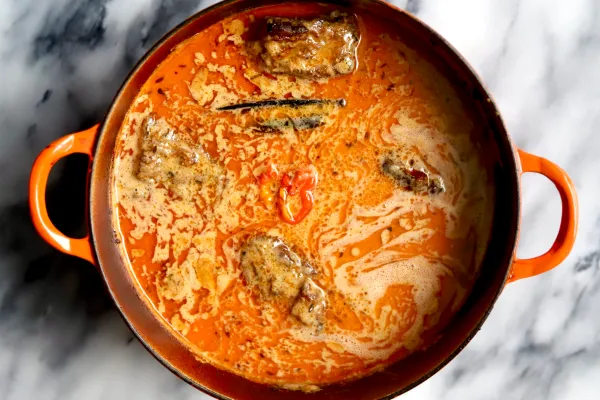
Groundnut (Peanut) Soup
Groundnut soup is a creamy soup made from groundnuts (peanuts), palm fruits, or palm nut cream.
Here are some typical foods and dishes of Ghana:
Banku: Banku is a fermented dough made from corn and cassava. It’s similar to fufu and is often served with soups, stews, or sauces.
Waakye: Waakye is a popular Ghanaian dish made from rice and beans cooked together. It’s often served with a variety of sides, including fried plantains, spaghetti, and stew.
Red-Red: Red-red is a Ghanaian bean stew made from black-eyed peas cooked in palm oil with spices. It’s often served with fried plantains.
Kenkey: Kenkey is a fermented corn dough that is wrapped in plantain leaves and steamed. It’s a common side dish and is often served with fish, pepper sauce, and vegetables.
Grilled Tilapia: Ghana’s coastal regions are known for their fresh seafood, and grilled tilapia is a popular dish. The fish is seasoned with spices and grilled to perfection.
Sobolo: Sobolo is a hibiscus flower drink that is popular in Ghana. It’s a refreshing, sweet, and tart beverage often enjoyed on hot days.
Kokonte: Kokonte is a dish made from dried and powdered cassava. It’s cooked into a porridge-like consistency and is typically served with soup or sauce.
Kelewele: Kelewele is a popular street food in Ghana made from spicy fried plantains. The plantains are seasoned with ginger, pepper, and other spices, giving them a sweet and spicy flavor.
Bofrot (Puff-Puff): Bofrot is a type of fried dough similar to doughnuts. They are small, round, and typically sweet, making them a favorite snack in Ghana.
Ghanaian cuisine reflects the country’s cultural diversity and the use of local ingredients and spices to create flavorful dishes.
Transportation 🚥
More information about this country
Choose your destination 📍🗺
Useful Links ✅



